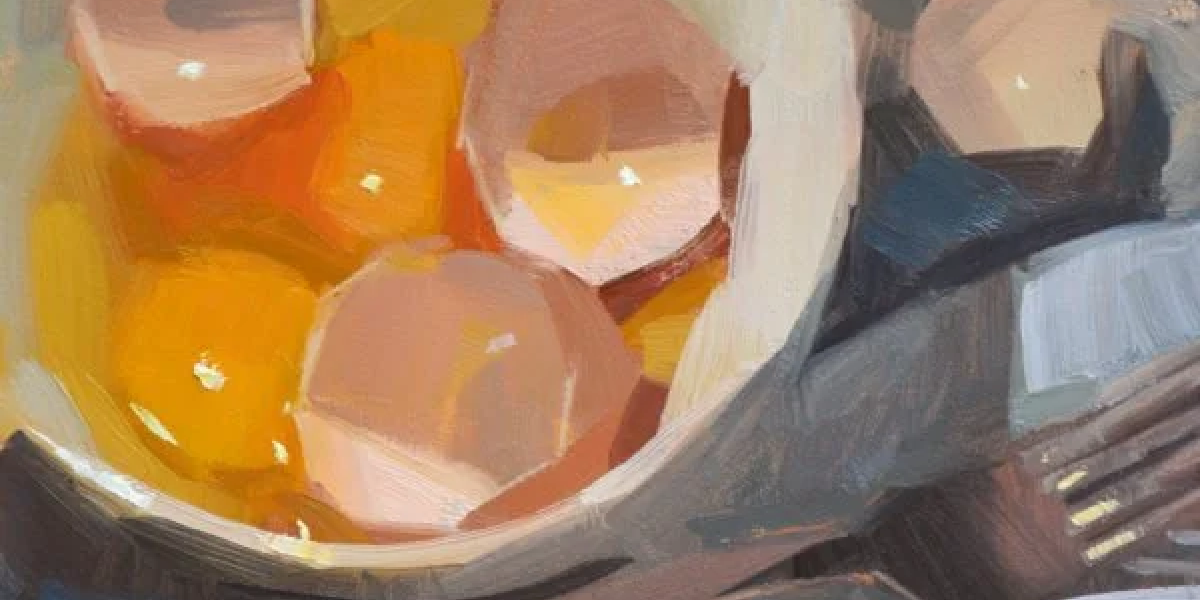
What Can a Writer Learn from a Painter?
This eight-minute video by Carole Marine will show you! Watch it and take note of the following:
-
She tones the canvas. (Even artists dread the blank page!). She uses a color that will tie everything together. You must also get a good idea in your head of the tone you want to convey. Funny? Scary? Tragic? Earnest?
-
She marks where her big shapes are going to go on the canvas. At this point, like Ms. Marine, you should avoid detail. Get a sense of the big picture. Even if you’re not a plotter, try to map out a rough outline before you start gussying up your canvas with unnecessary detail.
-
She builds in contrast. Her painting includes darks and lights, cools and warms. This creates dramatic tension. You can do the same! Make sure every scene has conflict— extra personal (plot), interpersonal (character), and inner personal (theme). Remember, life isn’t all good or all bad. It’s filled with lights and darks.
-
She works all over the picture plane. An artist does not start in the upper left-hand corner and then work from left to right, finishing each square inch as she goes. Just as you can work on any part of your story— you can even write the last chapter first, to give you a sense of where you’re going. It’s about building up the layers.
-
She lets it take shape. Writing is a process of discovery. Things may change as you go. Allow it!
Thanks to Carole Marine! You’re the best!
